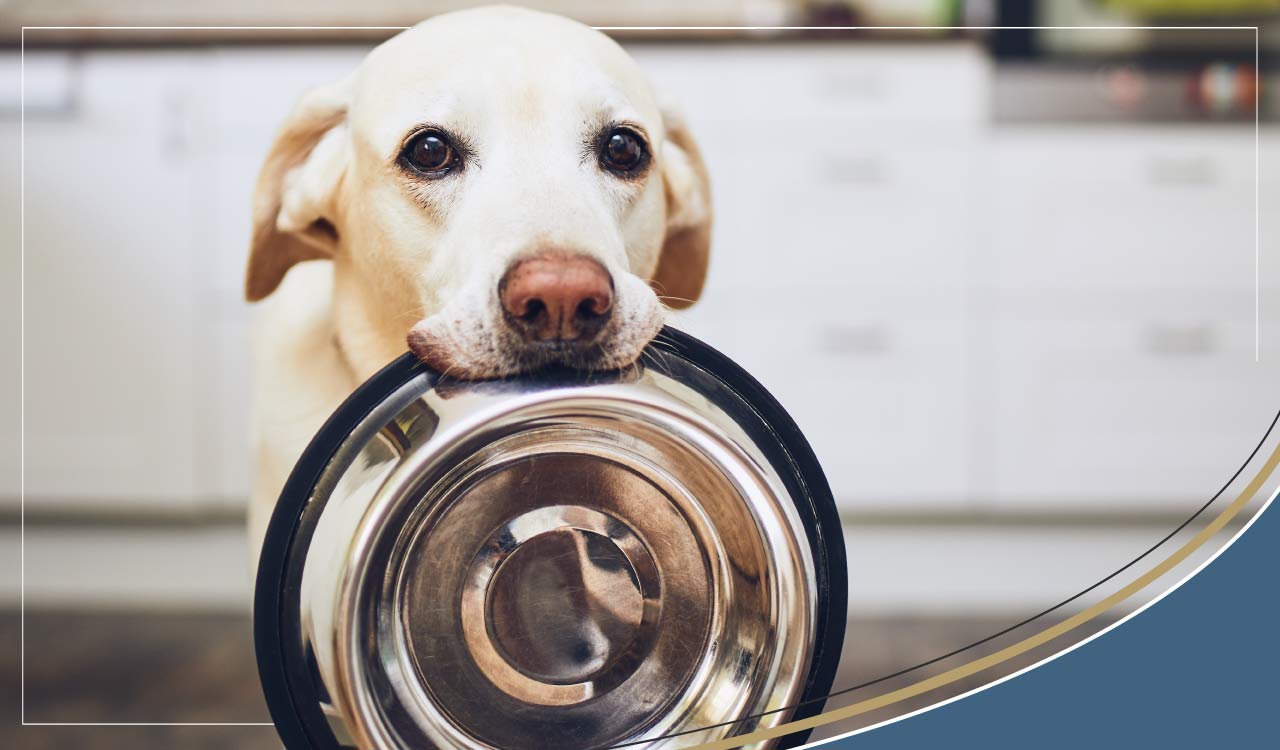Canine Liver Disease, What Causes It, How Is It Treated?

The liver performs many functions, all of them essential to health. The liver stores and releases glycogen. This is vital in drawing on stores of energy. It creates blood clotting agents. It has a role in eliminating toxins and it both processes and breaks down drugs. A fully functioning digestive system requires bile acids and these are produced in the liver. It excretes bilirubin, a component of red blood cells and it metabolises protein, vitamins, carbohydrates, fats and minerals from food ingested.
Causes
These are many and various. Occasionally a dog might be born with a defect, known as a congenital portosystemic shunt. The liver is effectively bypassed by a blood vessel and the consequent inability to deal with toxins makes the victim quite ill quite quickly. Shunts can also occur in the mature dog when high blood pressure results in a backing up of blood in the liver. The response of the body is to attempt to bypass the congestion but the cells of the liver are also side lined by this reaction.
The liver is prone to attack by parasites such as heartworm. It can be adversely affected by fungi, bacterial invasion and viral challenge. Two diseases that compromise the organ are hepatitis and leptospirosis. The risk of these can be hugely reduced by prophylactic vaccination.
Fungal pathogens are found everywhere in the environment and dogs vulnerable for some reason, such as illness, aggressive cancer treatment or simply immune weariness through advancing age, can succumb. A blocked bile duct can cause problems when bile can't get from the liver to the gallbladder.
Ailments such as hyperadrenocorticism (Cushings), diabetes and problems with thyroid function (all covered elsewhere in this series of articles) can lead to disorder within the liver. Sadly, as with the human patient, liver cancer, primary or secondary, is by no means unknown in the dog. Some breeds, such as West Highland Whites, Dobermans and Bedlington Terriers, are vulnerable to copper toxicity, which predisposes them to hepatitis.
Interestingly some breeds of sheep, such as Suffolks and Texels, are also prone to copper poisoning. Some food additives and colourants have been suggested as contributing to liver compromise, as have environmental toxins and adverse reactions to drugs prescribed for an unrelated condition. Haemolytic Anaemia (also the subject of a previous article) is an ischaemic cause of liver malfunction as a restriction in blood supply causes inadequate oxygenisation of tissues.
Symptoms
As the liver is responsible for so many varied tasks, it can be appreciated that symptoms might be both rapid in onset and in progression. When bilirubin is allowed to accumulate in the blood then jaundice will follow. In human patients this manifests as a yellowing of the skin. As fur or hair covers most dogs, this discolouration is seen in the conjunctiva of the eye, the hairless inner part of the ear and the gums.
Two familiar symptoms to readers of these articles are polydipsia and polyuria. Both might be present in liver disease and the urine orange in colour. As the liver is an essential part of a healthy digestive system, gastrointestinal symptoms such as vomiting and diarrhoea, might be observed. Anorexia and weight loss as well as abnormally coloured stools are other warning signs. Dropsy (ascites) might accumulate in the abdomen, giving rise to a swollen appearance. If high levels of toxicity develop, the dog might experience seizures and if he is feeling ill due to toxic overload, he will clearly be lethargic and exercise intolerant.
Diagnosis
In dogs presenting for veterinary evaluation with signs indicative of liver disease, the first step will often be to assess the organ's ability to do its work. Therefore a liver function test will be performed by means of a blood sample. Raised liver enzymes, present in blood, are also indicative of some malfunction. If an infectious or inflammatory cause is suspected, then a complete blood count can be useful. If a neoplasm or other type of growth is thought to be present, then X rays and/or ultrasound can give valuable information. Tumours can be biopsied and the knowledge gained from all these tests can be put to use in determining a treatment protocol.
Treatment
If endocrine disease such as diabetes is the precipitating factor then that disease must be appropriately treated. A special diet, high in carbohydrate and low in protein, can help take the strain off a compromised liver by lowering levels of ammonia in the blood. Agents to bind and, hence, eliminate toxins can be given. Antioxidants help relieve strain and Vitamin K can address problems with bleeding.
Antibiotics for bacterial infection or antifungals for fungal infection can be useful if these are the challenges the liver faces. Severe cases should receive fluid rehydration therapy if necessary. Nutritional support ,via a catheter, to supply essential nutrients might be part of a stabilisation programme. If a shunt is discovered to be the problem then surgery can offer a good outcome. Blood pressure should be brought within normal parameters and the electrolyte balance restored. Tumours might be treated by surgical intervention but a lot will depend on the degree to which the tumour has advanced.
Prognosis
This is highly variable, depending on the cause and severity of disease. As you may know, the liver is a remarkable organ that can regenerate. So damage, if not too advanced or serious, can be halted and even reversed by the creation of healthy tissue. It has been postulated that the liver can lose up to 75% of its function and still be able to perform its duties. This has a flip side however. The dog's system might become significantly damaged before overt symptoms prompt a professional evaluation.
If the disease is long term or cancerous then the prognosis is more guarded. Even in these cases, however, much can be done to improve comfort and maintain a reasonable quality of life for some time. As with all canine diseases, an observant owner, acting quickly in seeking veterinary advice along with subsequent correct identification of the nature of the problem and appropriate therapy offer the best chance for the canine patient.
 Free Shipping on orders $70+ USD
Free Shipping on orders $70+ USD
 Courier & USPS Deliveries Available
Courier & USPS Deliveries Available
 Read Thousands of Independent Reviews
Read Thousands of Independent Reviews


















